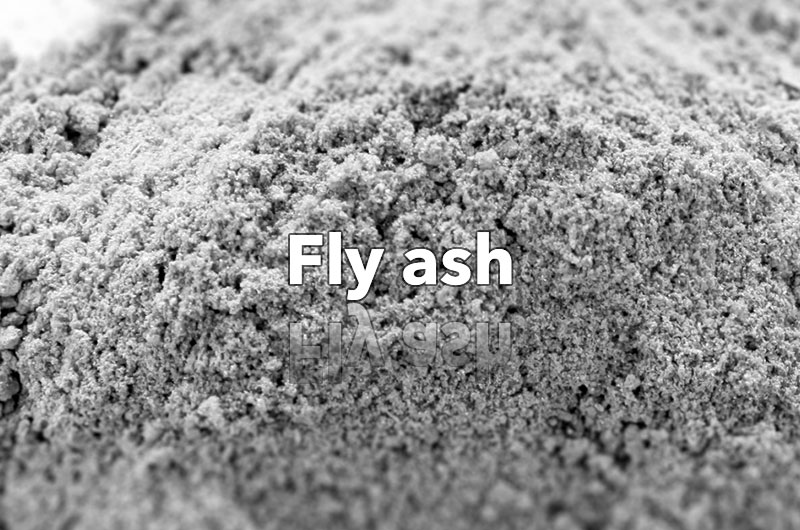How to dispose of fly ash?

With the widespread promotion and application of incineration technology in hazardous waste treatment and disposal, the treatment and disposal of fly ash in hazardous waste incineration plants will soon become a research hotspot, focus, and problem in the environmental field now and in the foreseeable future, and it urgently needs to be paid enough attention to.
The fly ash produced by hazardous waste incineration is mainly due to the large amount of fly ash produced by hazardous waste incineration. At the same time, fly ash contains a large amount of heavy metal elements, salts and highly toxic equivalents of dioxins and other toxic and harmful pollution components. At present, hazardous waste incineration Fly ash is mainly solidified into safe landfills, but compared to the production of hazardous waste, which is growing at a rate of 12% per year, the limited storage capacity of safe landfills is a drop in the bucket. Therefore, while exploring safe and reliable solidification/stabilization fly ash disposal technology, we should also actively develop resource utilization methods and markets for fly ash, turn waste into treasure, and completely solve the storage capacity pressure of safe landfill.
Existing hazardous waste incineration fly ash treatment technology
1. Chemical treatment method
The chemical treatment method of fly ash mainly uses chemical agents to extract heavy metal elements, thereby reducing the harm caused by heavy metals to the environment. The heavy metal extraction methods include acid extraction, alkali extraction, biological agent leaching, high temperature extraction and other agent extraction.
2. Curing/stabilization method
Solidification and stabilization technology is one of the main methods for treating toxic wastes internationally. This technology has developed rapidly since the 1980s. The purpose of solidification/stabilization treatment is to render all contaminant components in hazardous waste chemically inert or contained so that they can be transported, utilized and disposed of. Since the heavy metals contained in waste incineration fly ash are non-degradable, if they are directly landfilled or used as building materials, the heavy metals in the fly ash will easily leach out after weathering and erosion in the natural environment, causing a great impact on the surrounding environment. Impact. The current solidification/stabilization methods mainly include: cement solidification, asphalt solidification, melt solidification, chemical agent stabilization, etc.
3. Safe landfill method
The safe landfill method is a method in which the incineration fly ash is simply processed on site and then sent to a safe landfill for disposal. This is currently one of the safe and reliable methods for incineration fly ash treatment.
4. Resource utilization
In recent years, with the continuous expansion of the scale of incineration, the output of fly ash has also continued to increase. If the harm of toxic heavy metal ions is suppressed only through solidification/stabilization treatment, it will inevitably cause a waste of a lot of resources. Therefore, some researchers and practitioners have carried out Research on the resource utilization of waste incineration fly ash has been carried out and certain results have been achieved.
In addition, waste incineration fly ash contains a large amount of easily soluble salts and heavy metal elements. These components, when combined with suitable clay, can be used to sinter ceramsite, which can not only be stably solidified into the silica-aluminum network glass body of the ceramsite In addition, it can also play a fluxing role in the melting stage of clay, reducing the sensitivity of melt viscosity changes to temperature, lowering the firing temperature, saving energy and consumption, increasing the yield of finished products, and improving the quality of ceramsite products. .
There are other research reports on the resource utilization of fly ash, but most of them are limited to the laboratory research stage, such as used to prepare adsorbents, soil conditioners, glass, ceramics and other products. However, the resource utilization of fly ash must be will become the future development trend.
